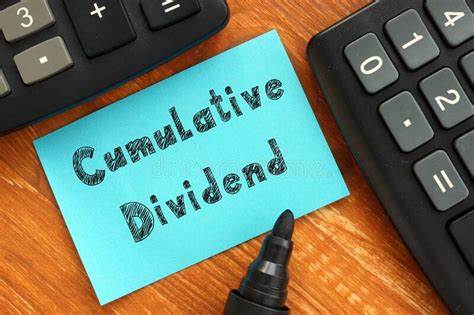What Is A Cumulative Dividend?
A cumulative dividend is a type of dividend that may carry a deferred payment for a period of time. During the deferred payment period, the totals of the payments accumulate under the account information for the investor. When payments restart, the accumulated dividends are paid in the order, with the oldest of the deferred payments issued before more recent payments.
The structure of a cumulative dividend arrangement is to the benefit of shareholders that hold an interest other than common stock. In the event that dividend payments are deferred for a period of time, preferred shareholders can anticipate receiving payments before any investor that holds common stock issued by the same corporation. In most cases, all investors holding preferred stock must receive all pending cumulative dividend payments before other investors receive any payments. Depending on the country of residence, this is sometimes due to governmental regulations. In other instances, the arrangement may be defined in the Articles of Incorporation and the bylaws of the issuing corporation.

Because a cumulative dividend structure makes it possible for the deferments on cumulative preference shares to be instigated by the issuing corporation, the investment usually carries a slightly higher rate of return. This means that while an investor may not receive a regularly scheduled dividend payment, the return eventually received is likely to be higher than with a similar investment that is not subject to deferred payments. For an investor who is able to accommodate a delay in receiving dividend payments, a preferred security with a cumulative dividend clause may be ideal as a long-term investment.
As far as taxes due on a cumulative dividend, most countries do not require taxes to be paid until the dividend is actually received. This is true even if the deferred payment is showing as owed to the investor on accounting records. Since the issuing corporation is expected to disburse the oldest deferred payments first, investors normally do not have to deal with several deferred payments being received in the same tax period.
While a preferred security with a cumulative dividend arrangement can be a great investment, it is important to conduct the usual due diligence when buying a stock. The investor should become familiar with the history of the investment option, including the level of performance over the past six months. Potential shifts in the marketplace as well as other factors that could impact the future performance of the stock should also be evaluated. If the security appears to be stable and demonstrates potential for growth over the long term, the higher return from the cumulative dividend may be an excellent choice.



